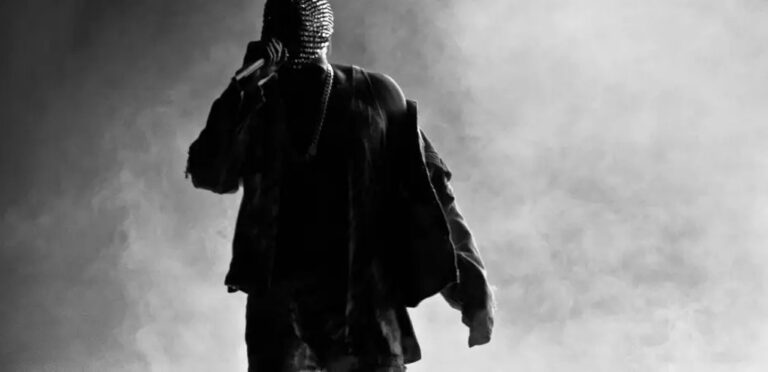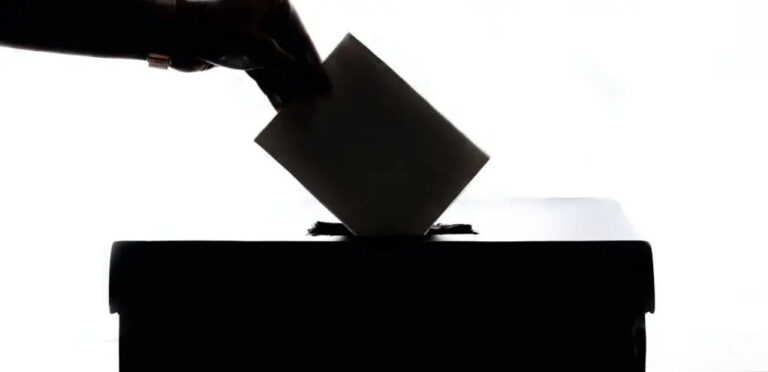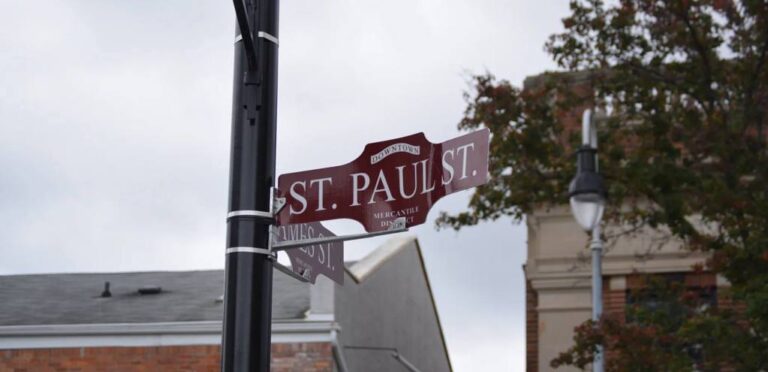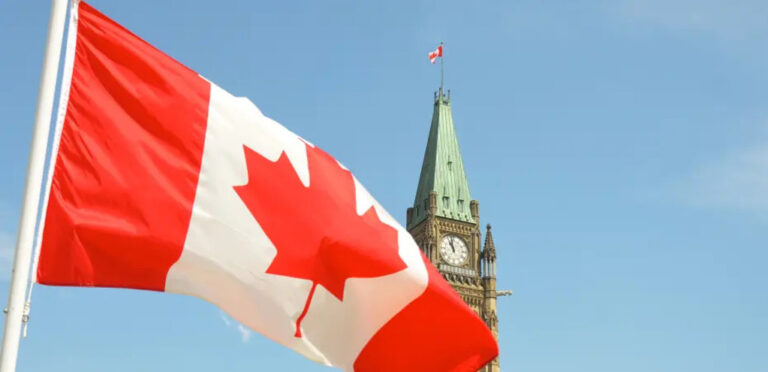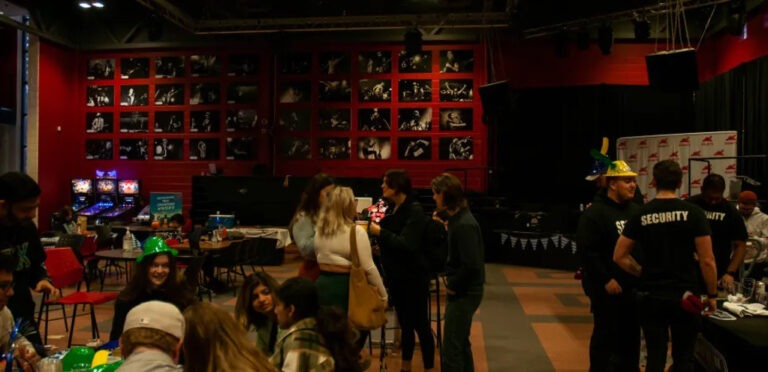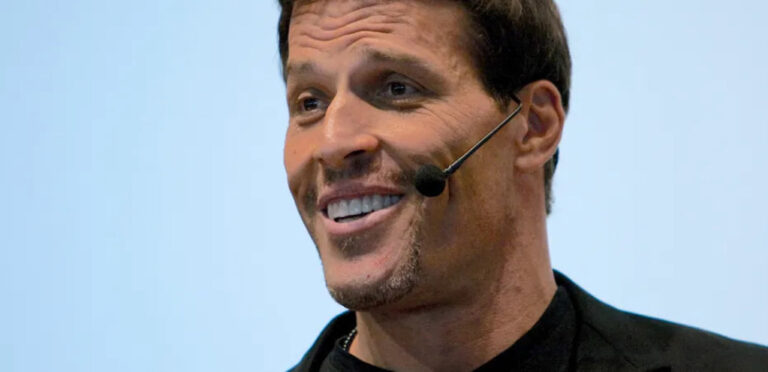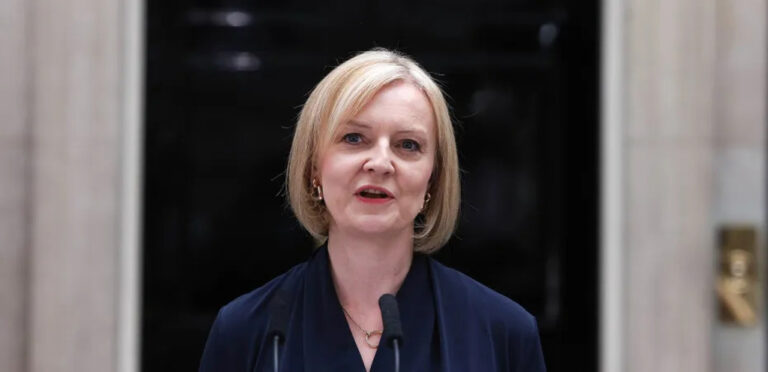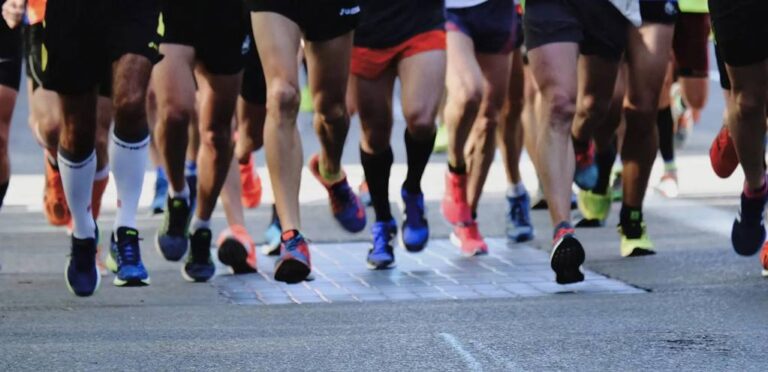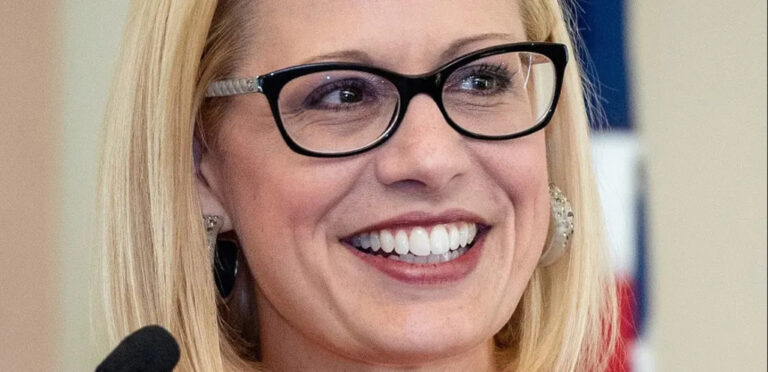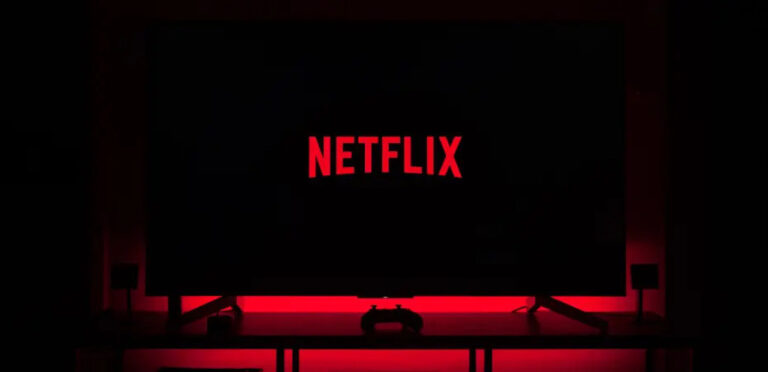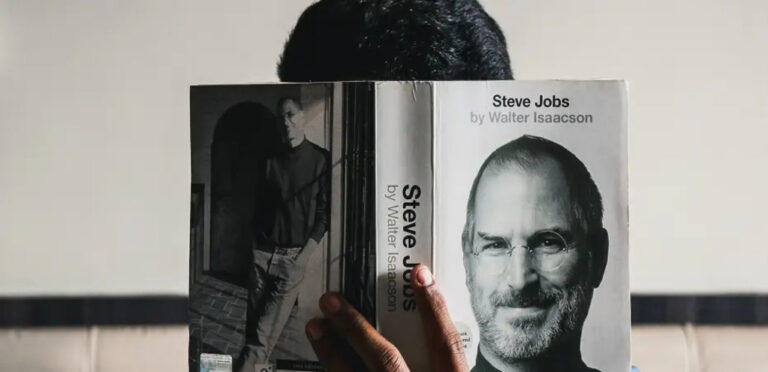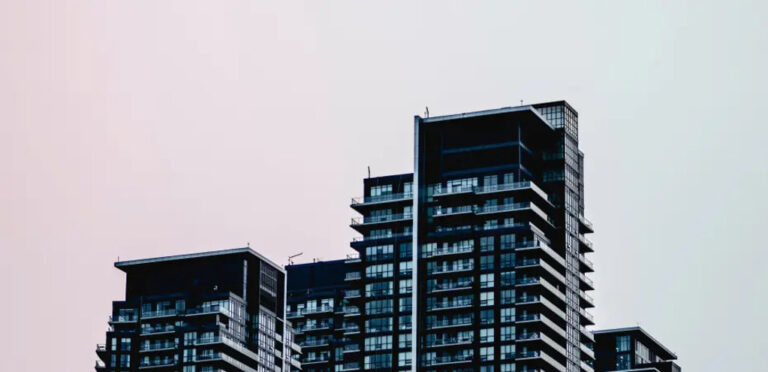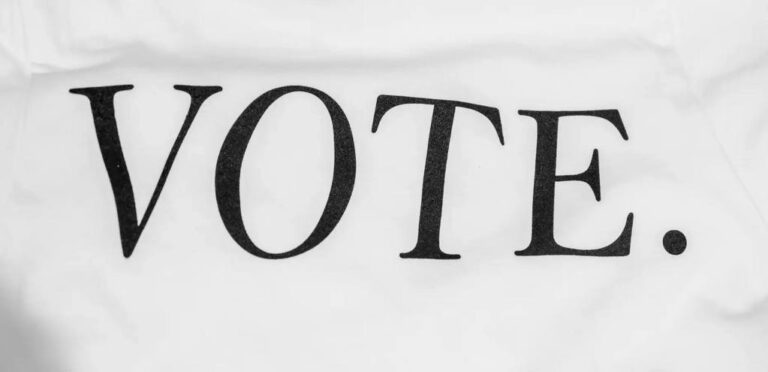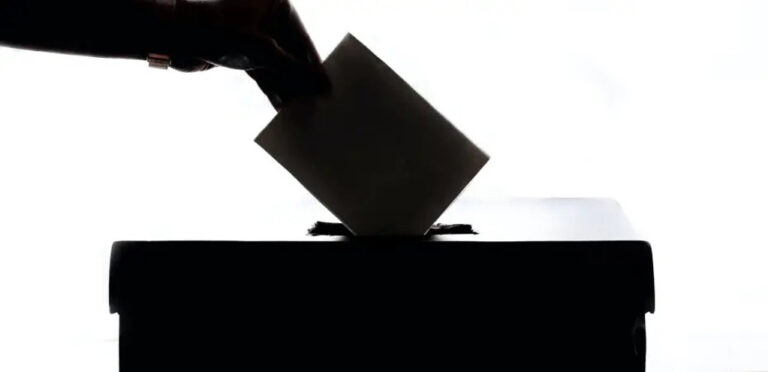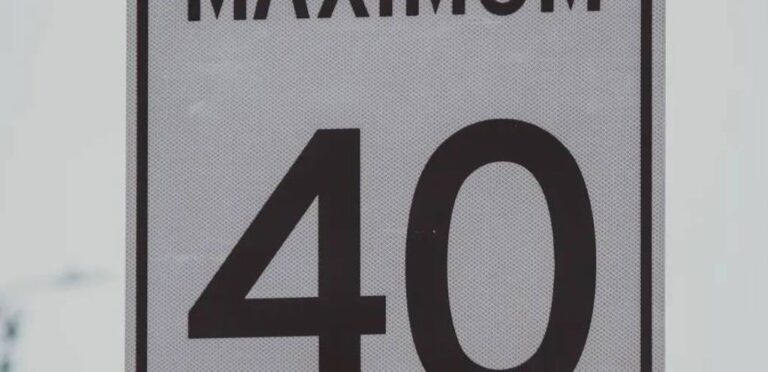CANADA: NDP’s DENTAL CARE PROGRAM PASSES IN THE HOUSE OF COMMONS
The NDP’s Dental Care bill recently passed in the House with 172 votes for and 138 votes against the piece of legislation. The Conservatives and Bloc voted against the bill, and it has been shot down by Liberals in the past. The bill’s success in the House this time around is likely a result of the NDP-Liberal coalition formed early-on in 2022.
The plan allows every child under 12 who doesn’t have dental insurance to get $650 a year as long as the family makes less than $90,000 in annual income.
NDP leader Jagmeet Singh doesn’t plan to settle for just child coverage. In a Twitter video, Singh said he plans to keep pushing for federal dental coverage for uninsured seniors, people with disabilities and eventually 18 and under youth.
The bill has to pass the Senate and gain royal assent before individuals who meet the requirements can apply.
This is a bill that is surely going to help low-income families who don’t have any kind of dental insurance tied to employment.
The dental bill is packaged alongside further inflationary measures, all together given the official title of Bill C-31, which will include a single $500 payment to financially strained renters.
U.S.A.: FETTERMAN SLANDER OBFUSCATES DR. OZ’S TERRIBLE POLICY POSITIONS
The two Senate candidates in the upcoming U.S. midterm elections in Pennsylvania are Democrat John Fetterman and Republican Dr. Oz.
The two faced off in a debate last week and the spotlight from mainstream media has mainly been on Fetterman’s speech issues, which are a result of a recent stroke the former Mayor had. Many Democrats are echoing Republican sentiments that Fetterman’s speech disruptions are signs he’s unfit to serve on the Senate.
While Fetterman undoubtedly struggled to articulate himself, what should be more cause for concern from the electorate are Oz’s comments on how to deal with abortion. When asked by the moderator about abortion, Oz stated the classic Republican argument that it should be left up to the states but also that he wants “women, doctors and local political leaders letting the democracy that has always allowed our nation to thrive to put the best ideas forward so states can decide for themselves.”
Dr. Oz thinks political leaders should be involved in conversations between women and their doctors on abortion. This comment was a not so methodical way of seeming impartial.
Fetterman may be in a rough place healthwise, but that’s an infinitely better roll of the dice than ensconcing another pro-life fanatic to the US Senate.
INTERNATIONAL: RISHI SUNAK IS THE NEW U.K. PM—OUT WITH THE RELATIVELY OLD AND IN WITH THE NOT SO DIFFERENT
After quitting from the position of Prime Minister, self-described “fighter, not a quitter,” Liz Truss, the Tory who briefly tanked the U.K. economy by planning to cut taxes for her rich corporate friends, is old news as a new Prime Minister has taken the executive helm.
The unelected Rishi Sunak has been put forward by the Tory party as the new PM of the U.K. He is a former Goldman Sachs employee and is exorbitantly wealthy, with his worth being nearly double that of King Charles at nearly one billion dollars. He claimed that his goal will be to undo the recklessness that Truss imparted onto the Kingdoms’ economy in her brief term.
It’s fair to say that his policy approach will be subtle for the time being but there’s no reason to be optimistic about Sunak. Already, the new PM has put off attending the upcoming COP27 climate summit due to “pressing domestic commitments” according to a Downing Street spokesperson.
Ironically, this statement makes Sunak look like he is deeply concerned with the national interest above all else. Despite supporting Brexit, his business record proves the opposite; the firm that made the Sunak family so wealthy, Infosys, is a giant outsourcing agent that took employment away from Britons and found cheaper labour in places like Bangalore. Sunak’s family, including his wife, are still major shareholders in the company.
Furthermore, establishment adjacent media personalities such as Trevor Noah are quick to celebrate the new PM’s being the first person of colour to lead the country, instead of talking about the policies that Sunak and his ilk perpetrate that harm POC in climate-sensitive areas as well as settling for $800,000 in a lawsuit from the State of California a few years back due to the firm was using the wrong type of work-visa to avoid paying taxes.
With all that being said, it’s looking less like out with the old and in with the new and more like out with the relatively old and in with the not so different.
THEORETICAL CONSIDERATIONS: DAVID GRAEBER’S THEORY ON DEBT
The late David Graeber was a renowned professor of anthropology, a best-selling author and was the last decade’s greatest voice on anarchist thought.
Graeber put forward his argument that debt has functioned as a morally loaded form of social control throughout history in his book Debt: The First 5000 Years.
The kernel from which Graeber fleshes out his argument came from a conversation he had with a humanitarian lawyer at a corporate party. Having been involved in the Global Justice movement and Occupy himself, Greaber was interested to chat with a lawyer geared towards global activism.
After explaining that one of the things he’s most proud about is having nearly destroyed the International Monetary Fund, the lawyer then asked him what exactly the IMF was. Graeber launched into an explanation of how the IMF essentially functions as a world debt collection enforcer, that in the ‘80s forced third world countries that had taken loans from rich Western banks that had loaned them their overflowing OPEC money resulting from the ‘70s oil crisis. How the interest rates on these loans got hiked a decade after their being issued to undemocratically elected dictators — who lined their Swiss bank accounts with a great deal of the money — in the third world. How in order to pay these interest rates, many of these countries had to strip their social safety nets causing mass suffering.
The lawyer, presumably aghast by the details, went on to ask Graeber what his opinion on these countries paying off their debt was,
“We wanted to abolish that too,” he replied.
“But… Surely one has to pay one’s debts,” she retorted.
From this stunning moral categorical imperative on the part of the lawyer, the deep historical launch into money and debt peonage that composes Debt unfolds.
Anarchism is often viewed as meaning chaos and therefore violence and social atrophy. In reality, anarchists are just against most if not all hierarchy between human beings, other than immediate filial ones such as the parent-child dynamic.
Graeber was a believer of direct action, the idea that if, say, a well needs to be built to fix a water crisis in a community, instead of waiting to get the permits to start building, individuals will just start building with the sole end of wanting to care for each other.
Graeber felt that the Occupy protests which he participated in were a good example of direct action; protestors encamped on Wall Street were discussing a variety of issues and how to solve them. That is before a concerted effort by former NYC Mayor Mike Bloomber had police raid the encampment in Zuccotti Park officially ending the main protest.
Graeber’s work on the morality of debt being a justification for greatly unjust global power dynamics and his support of egalitarian, anarchist ideals, is an invaluable drop in the bucket of notable left-ideas of the new century.

